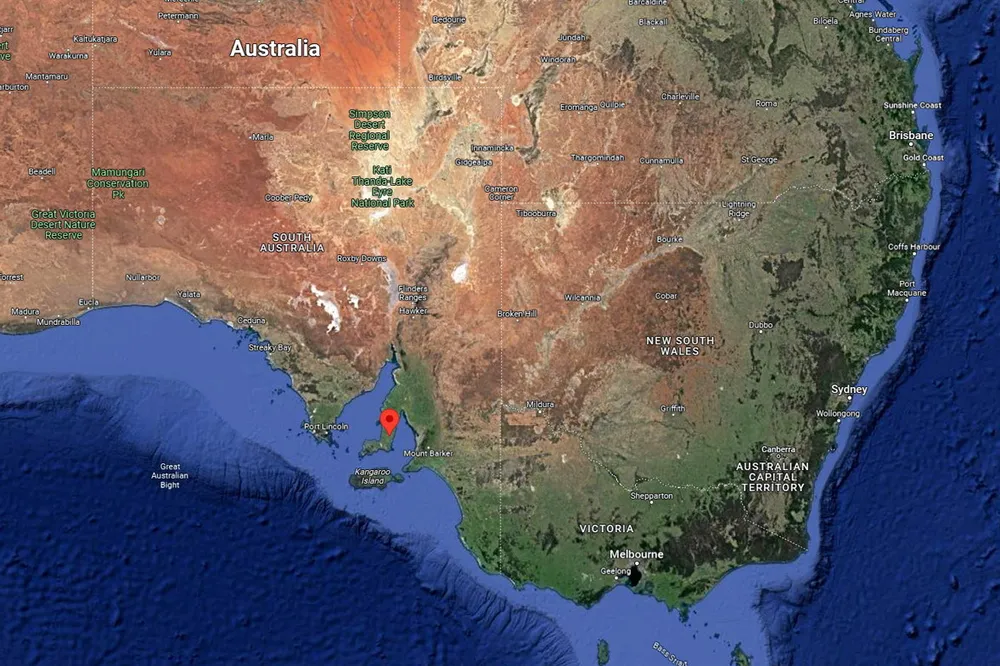'Significant concentrations' of natural hydrogen detected at Australia's first exploration well — raising hopes of world-first commercial exploitation
Brisbane-based Gold Hydrogen confirms ‘active hydrogen system’ with H2 concentrations of 73.3%, with discovery of helium adding to potential value of site
